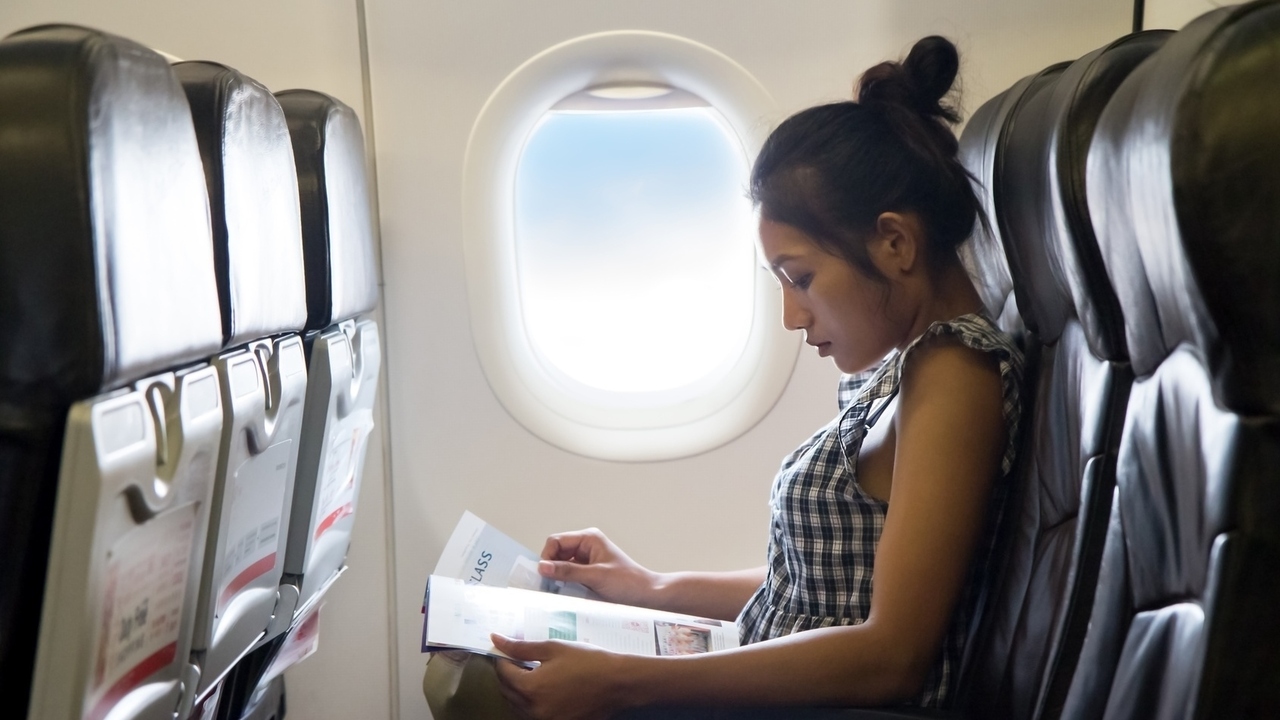Motion sickness, whether it’s caused by the sight of scenery speeding by the car window, the rocking of a boat, or the uneasy rise and fall of an airplane ride, can make you miserable in a matter of moments. If you are prone to motion sickness, picking the right seat can help reduce your chances of getting sick.
How the brain senses motion
Your brain senses that you are in motion based on information from several parts of the body. The labyrinth, which is located in the inner ears, can sense the direction your body is moving and how fast. Muscles and joints sense motion as they make tiny adjustments to keep you upright and stable and finally, the eyes recognize movement in changes in the scenery around you. When the signals from these different senses don’t match, the brain receives conflicting information that may cause you to become motion sick. An example of how your brain can become conflicted is the resulting sickness from reading in a moving car. Your eyes are focused on the book in front of you, which is stable. But your ears and muscles sense the movement of the car around you, resulting in conflicting information in your brain.
Preventing motion sickness
Motion sickness may start as a feeling of unease or the recognition that something is not right. It quickly progresses to cold sweats, dizziness, and vomiting.
The following are some ways to reduce the chances of motion sickness:
• Do not read while traveling
• Try to look out at the horizon, or at a distant, stationary object
• Do not sit facing backward
• Avoid strong odors and greasy foods before and during travel
• Avoid cigarette smoke
• Stay away from other travelers who are motion sick
• Travel with medication to ease motion sickness symptoms, (some are available over-the-counter, while others may require a prescription.)
• Eat dry crackers or drink a carbonated soda to help settle your stomach
Where you sit can affect the amount of motion you feel, therefore, choosing the right seat can deter you from feeling sick:
• In a car – offer to drive, or sit in the front passenger seat
• On a plane – request a seat over the front edge of a wing. Make sure you stay cool by pointing the air vent to blow toward your face
• On a train – sit next to a window near the front of the train. Always ride facing forward.
• On a ship – request a cabin in the front of middle of the ship, or on the upper deck. On a smaller boat, stay above deck if possible so you can see the horizon.
Most people find that the symptoms of motion sickness quiet down as soon as the motion stops. So if you start to feel sick, try to stop for a rest break if you are in a car, or move to a seat with less motion if stopping is not an option.
Sources:
National Institutes of Health – Medline Plus
Mayo Clinic
American Academy of Otolaryngology – Head and Neck Surgery





Add a CommentComments
There are no comments yet. Be the first one and get the conversation started!